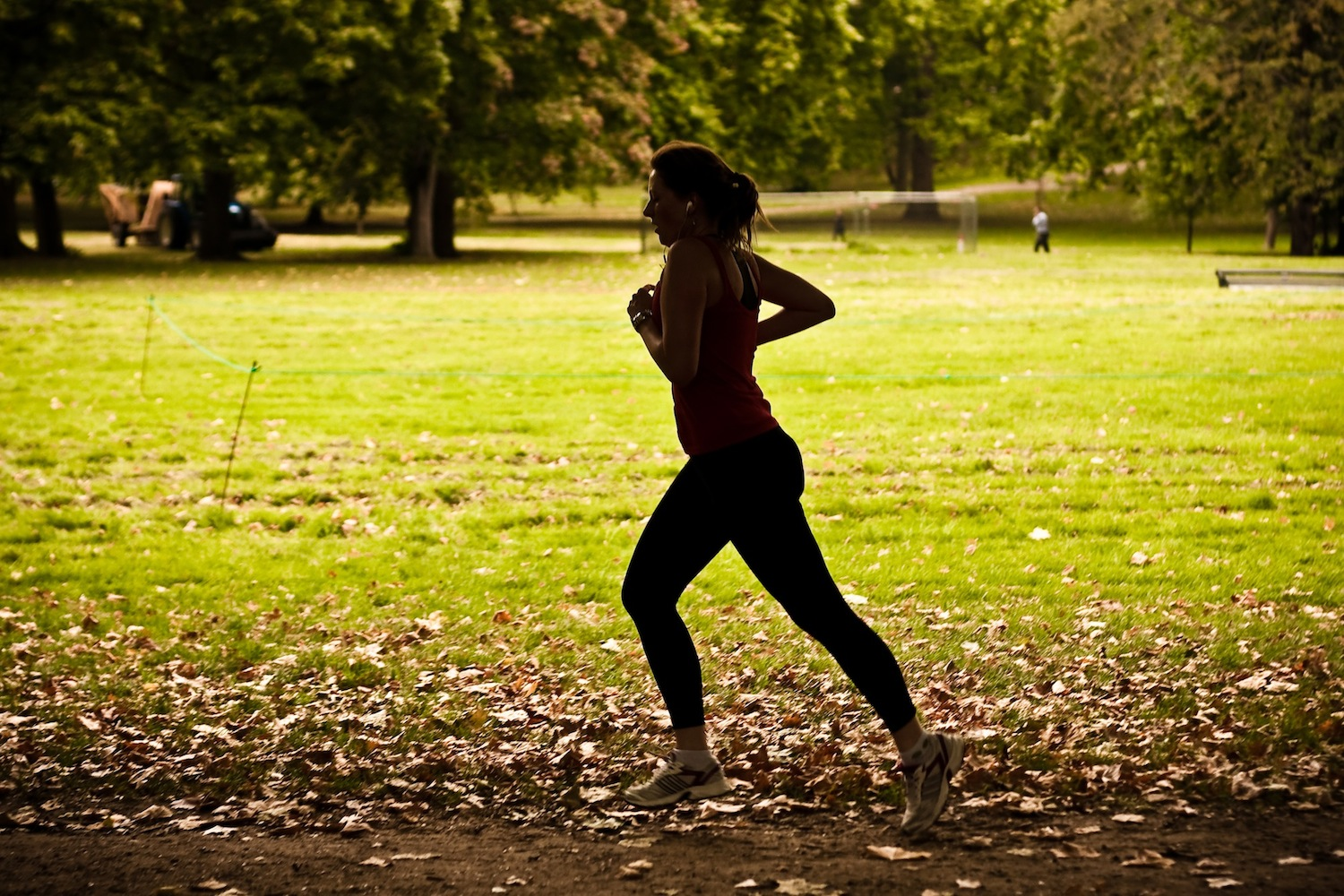It’s about that time of the year again - time to get ready for the races! As spring approaches, neighborhoods and major organizations alike are preparing for long distance marathons, 5k walks, and more. And our local communities are gearing up to meet the challenge. Over 30,000 racers are expected to cross the Pittsburgh Marathon finish line in May - and that’s just for one event! 
While we don’t suggest jumping right into a 26 mile race for your first big run, there isn’t anything wrong with starting small in a community 5k - and if you start now, there’s still time to prepare for some of these shorter local runs. So if you’re up for challenging yourself to do something you never thought possible, we suggest following these tips for a successful (and safe) running experience!
1. Talk With Your Doctor
The first and most important step you should take when getting ready for any race is talking with your doctor. Although an exciting experience, running for an extended period of time is not something everyone can safely accomplish. Severe joint inflammation, dangerous cardiac events, and a compromised immune system can all interfere with your ability to compete safely in a marathon or run. So be sure to, speak with your doctor about your risks in advance to make sure a community run or marathon is a good fit for you and won’t exacerbate any existing conditions you may be dealing with.
2. Stick To A Healthy Diet
When you prepare your car for a road trip, it’s important to make sure it’s full of high quality gas and oil. The same goes for your body as you prepare for your first long distance race. As you get ready to train (and then throughout your training), you’ll want to consistently eat healthy meals that will satisfy your body’s needs. As you continue to push your body, keep these diet tips in mind:
Eat plenty of high-protein foods with low saturated fat (eggs, lean meats, etc.)
Choose complex carbohydrates, particularly whole grains
Stay hydrated with water, diluted sports drinks, and fresh vegetables
3. Wear The Proper Shoes
Not all sneakers are created equal, and that means not just any old sneaker will do if you’re participating in a race. Instead, you’ll want to invest in a good pair of running shoes. High quality running shoes normally last much longer than other shoes and are designed to cushion the impact your body will experience from the pavement during a race. There are different kinds of running shoes depending on how you run as well; so, make sure you take that into account when deciding on a purchase.
4. Always Warm Up And Cool Down
Although it’s tempting to run out the door to train immediately after you’ve changed into your running clothes , runners should always warm up before training. Doing so gets the blood flowing, stretches the muscles, and prepares your body for the pace you’re about to set. Some good warm up exercises include stretches, jumping jacks, and a brisk walk.
Conversely, after you’ve finished your training for the day, a cool down is necessary to bring your body back down to a normal state. Without a cool down, you could experience dizzy spells or light headedness as your heart rate races back down from the high it was training at. Just like your warm up, stretching and walking are also good techniques for a cool down.
5. Know Your Limits
Of course, challenging yourself to do something new means pushing yourself harder than you ever have before. However, it’s important to be aware of your body’s physical limits to avoid injuries and illnesses. For first-time racers, it’s probably better to start your training with little bursts of running in between walking sections. Building up your endurance this way could also help you stick to your goals.
Lastly, it’s important to make sure you’re having fun with your experience. Once completed, a race can leave you feeling a great sense of accomplishment. It’s certainly going to be difficult, but in the end, you can leave your first race knowing you set a goal and worked to complete it successfully.

